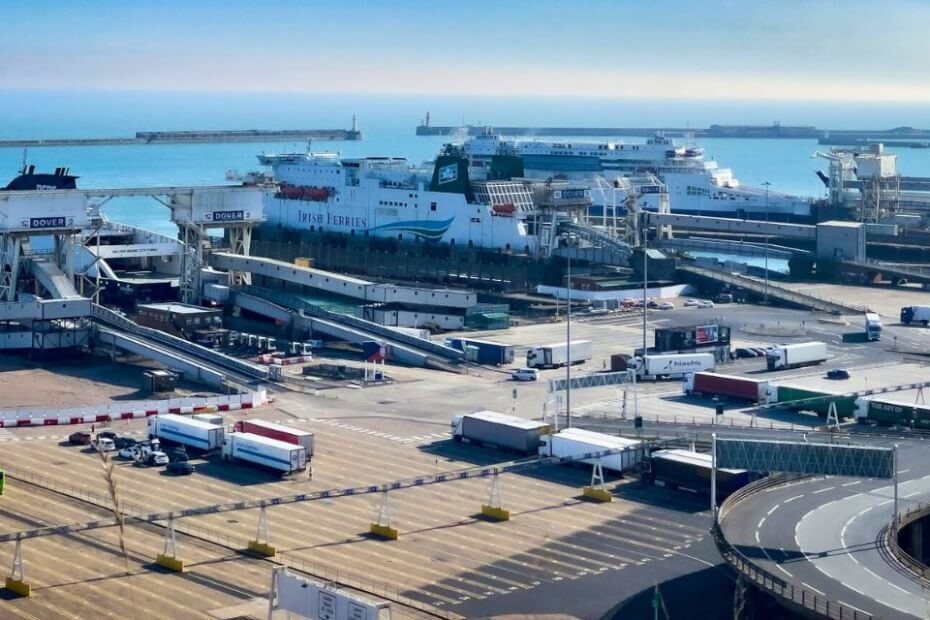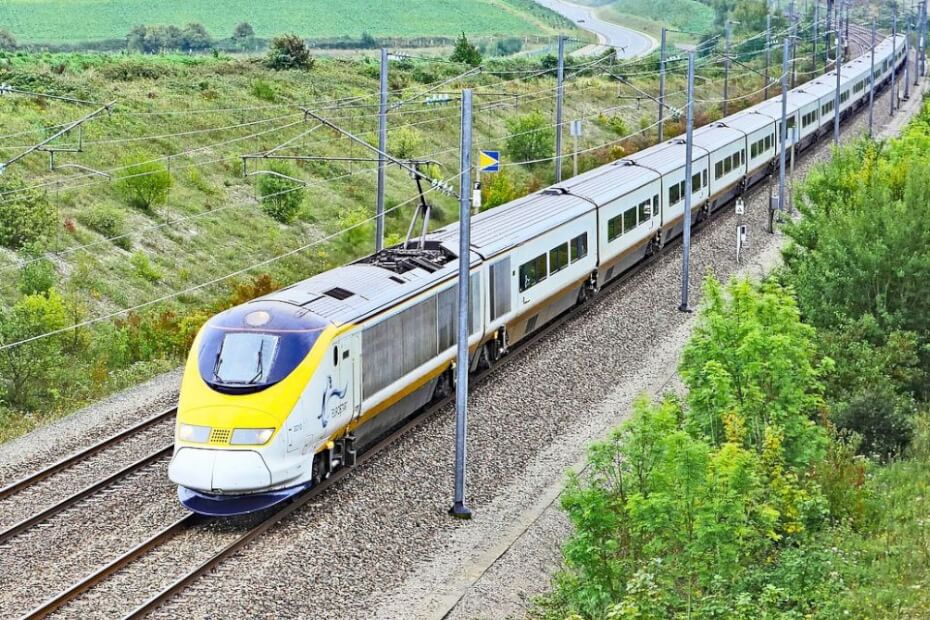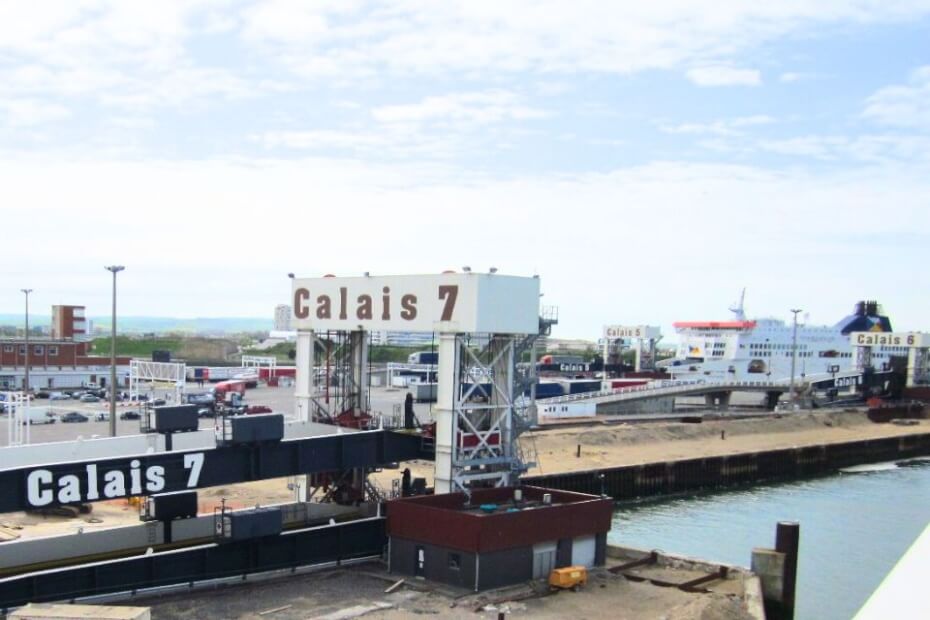
A House of Lords hearing heard potential outcomes if the European Union’s (EU’s) Entry/Exit System (EES) launch pushed through on 10 November.
Dover District Council leader Kevin Mills told a parliamentary hearing that it would have been “complete and utter carnage.”
He added that the new EU border check system would have brought “gridlock on steroids” to Kent town.
“We would not have been ready on the 10th,” Mills said, as quoted by The Connexion.
He explained that not all equipment was in place, and the traffic routes weren’t designed for long lines.
Port of Dover officials said they were glad about the EES launch delay, which gave them more time to organize everything needed.
Their port roads still need new routes and signs to keep things running smoothly.
“There is no point in introducing a system so integral to this country, particularly the town I represent, unless everywhere is ready to go,” Mills said.
He added, “We are more than happy that there has been a delay.”
Reason for new EES postponement
The EES is a new border check system to track non-EU citizens and residents entering and leaving the Schengen Area.
Instead of stamping passports, the system will use travelers’ biometric data such as fingerprint and facial scans.
The system aims to improve security and streamline travel in Europe, but transitioning to it requires careful planning.
Proposed in 2016, the EU initially intended to launch the ESS in 2022, but the launch has been pushed back several times.
EU Commissioner for Home Affairs Ylva Johansson said that the 10 November date was “off the table” due to Member Countries’ unreadiness.
Many EU countries need more time to set up EES equipment at their borders, including tablets and fingerprint scanners.
She also cited stability issues with the central database that would store everyone’s face and fingerprint scans.
Data from the central database will be sent to external border points such as airports, ports, and stations across the EU and the UK.
Officials need to test the system more to ensure that it works well and isn’t overwhelmed by the vast amount of data.
Commissioner Johansson and eu-LISA, the agency in charge of the EU’s computer systems, are finding a way forward.
Other reactions to the EES launch delay

A spokesperson for Eurostar, Gareth Williams, said they have the scanners and equipment ready.
However, the company, which runs from London to cities like Paris and Brussels, still needs to fix technical problems with data sharing with EU systems.
“If the data we are collecting cannot be passed to the EU systems, things cannot proceed,” Williams said.
As stated in a BBC report, the company might explore legal actions against the EU to recover some of its expenses due to the delay.
On the other hand, Getlink, the company behind the Channel Tunnel, said they were fully prepared for the 10 November EES launch date.
Getlink’s John Keefe voiced his disappointment with the delay, saying they were ready and hoping for a launch.
The company spent £70m developing technology, building infrastructure, installing kiosks, and recruiting staff.
“We had all our technology and infrastructure in place; we had our processes worked through,” he said.
EES preparation concerns in France
Like the UK, France expressed worries about how the EES would affect ports where trucks, cars, and people cross daily.
Calais port in France raised concerns similar to those of Dover. They were not yet equipped to handle EES checks for passenger and freight traffic.
Similar to Dover, ports like Calais and Boulogne facilitate a significant volume of travel.
French authorities are concerned that the EES could lead to slowdowns if travelers have to wait for face and fingerprint scans.
French port officials have stressed that slight delays could cause backups on both sides of the English Channel.
These worries are shared by other EU countries that want to avoid large crowds at border points as they implement this new technology.
Many also raised privacy concerns, as travelers’ biometric data must be stored securely and used only as needed.
Future plans for EES launch

The EU is currently exploring a phased rollout, where the EES could launch at some border points that are ready, and others would follow.
The EES could start at larger ports like Dover or Eurostar’s busiest terminals and then expand to other locations.
The EU could implement the system gradually to demonstrate its functionality in real-world situations.
Testing on a smaller scale may help officials identify any technical or logistical issues before they lead to major problems for travelers.
The EU has not yet set a new launch date for the EES since the delay, but everyone is preparing for its rollout in 2025.
Border crossing officials noted strong support from and communication with the UK Home Office and French Interior Ministry.
However, collaborating with the EU was more challenging, particularly due to unclear decisions that limited what could be shared.
UK officials recommend that travelers keep an eye out for updates, as the EES will likely impact millions of travelers once it eventually goes live.

